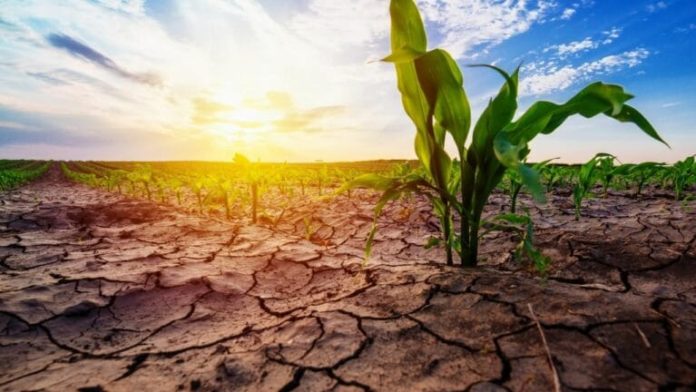Worsening drought is putting some areas across Somalia at risk of Famine (IPC Phase 5) through June 2022 if the current April to June Gu season rains fail, food prices continue to rise sharply and humanitarian assistance is not scaled up to reach the country’s most vulnerable populations.
In a statement released Friday, the Famine Early Warning System Network (FEWS NET) said areas most affected include Hawd Pastoral of Central and Hiran, Addun Pastoral of Northeast and Central, Bay Bakool Low Potential Agropastoral and IDP settlements in Mogadishu, Baidoa and Dhusamareb.
“Acute food insecurity in Somalia has drastically worsened since the beginning of 2022, with an estimated 4.8 million people (or 31% of the total population) already experiencing Crisis or worse (IPC Phase 3 or higher) outcomes,” FEWS NET said.
“Further and faster deterioration of the food security and nutrition situation is expected during the April to June 2022 projection period, when more than 6 million people (or 38% of the total population) are expected to face crisis or worse outcomes, including 1.7 million people likely in emergency and over 81,000 people likely in catastrophe.
“In addition to the six population groups that face the risk of Famine, other areas of humanitarian concern include Southern Agropastoral, Southern Rain-fed Agropastoral of Middle and Lower Juba, and Togdheer Agropastoral livelihood zones as well as IDP settlements in Burao, Garoowe, Belet Weyne, Doolow and Kismaayo, all of which face Emergency (IPC Phase 4) between April and June 2022.”
According to FEWS NET, the current levels of humanitarian food assistance, which reached 1.3 million people in January and 2 million people in February, are quickly being outpaced by the rapid increase in the size of the food insecure population, influx of newly displaced people, widening of household food consumption gaps, loss of livelihood assets, and worsening acute malnutrition.
“Past trends demonstrate the potential for multi-season droughts to lead to famine in Somalia, as observed in 2010-2011 when an estimated 260 000 people died of hunger-related causes. Timely humanitarian action prevented more extreme outcomes during the severe drought of 2016-2017. Urgent and timely scaling up of humanitarian assistance is required to prevent extreme food security and nutrition outcomes, including the risk of Famine between now and June 2022. Moreover, humanitarian needs are expected to remain high through late 2022.”








